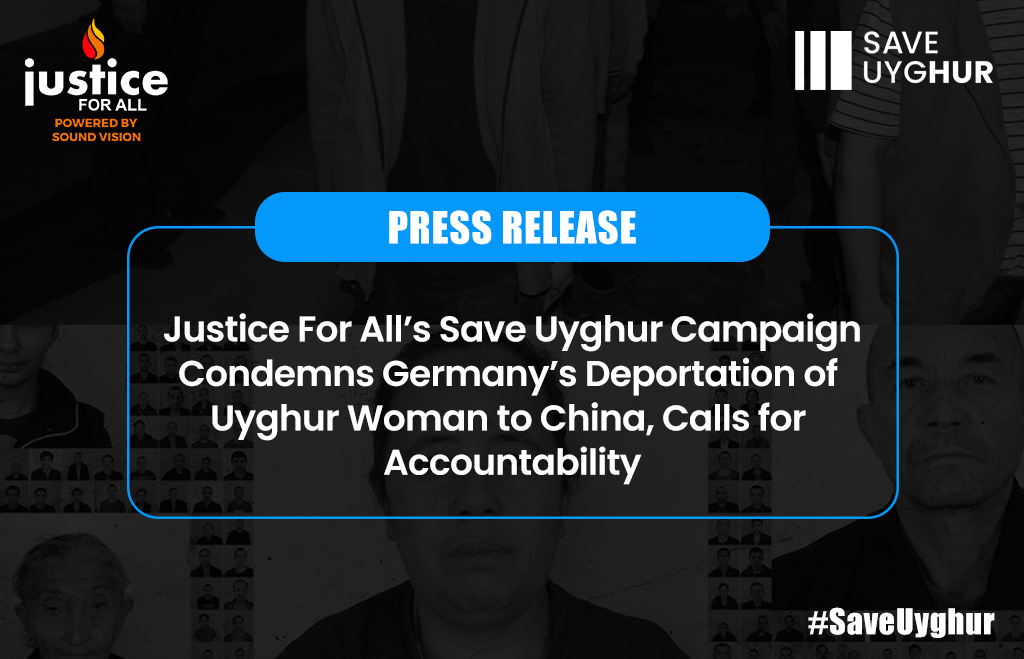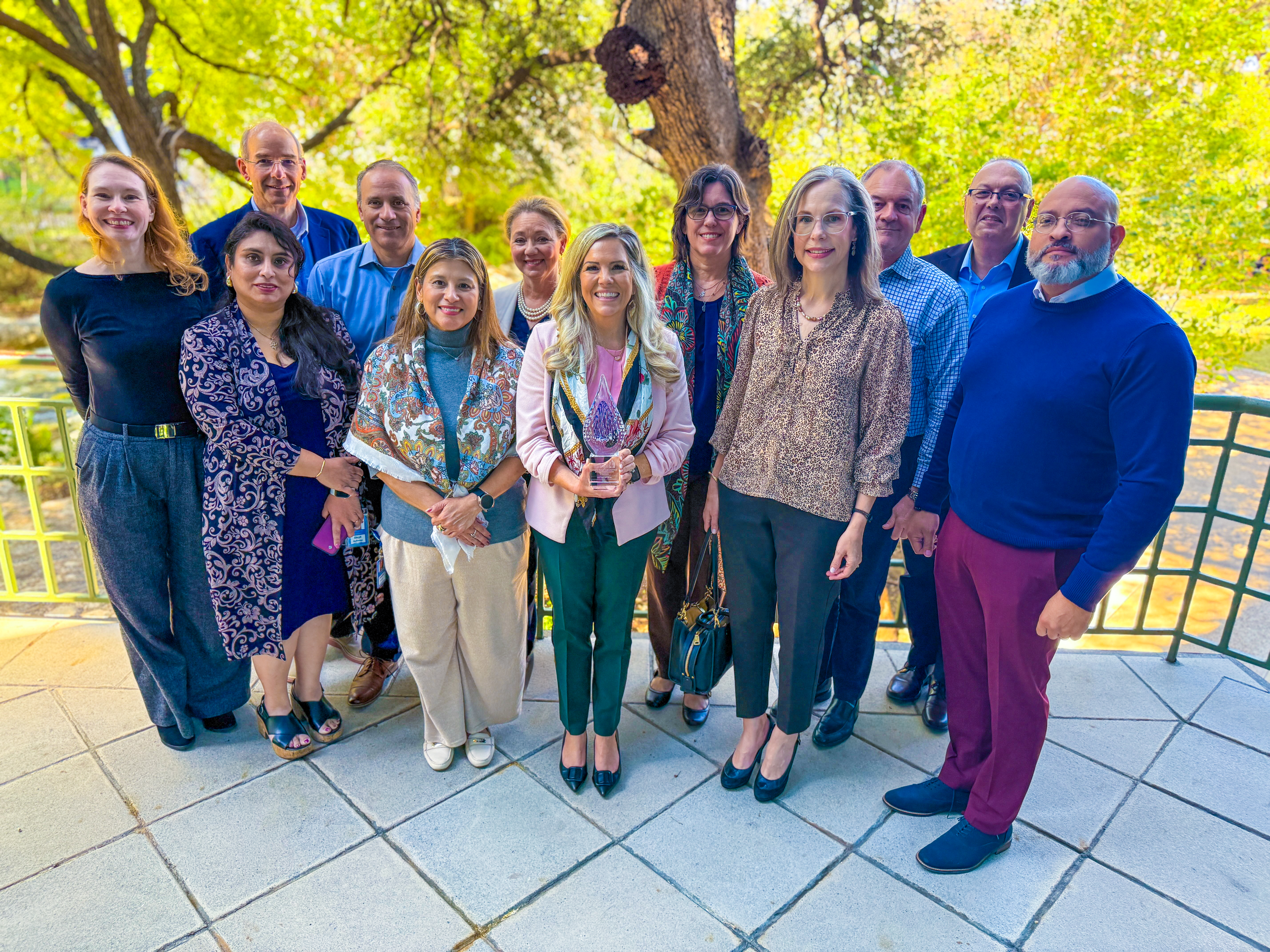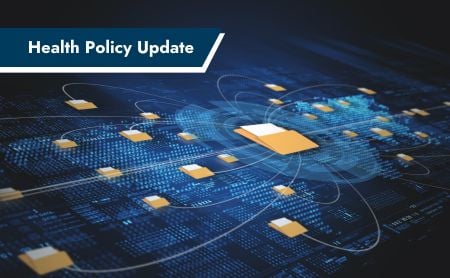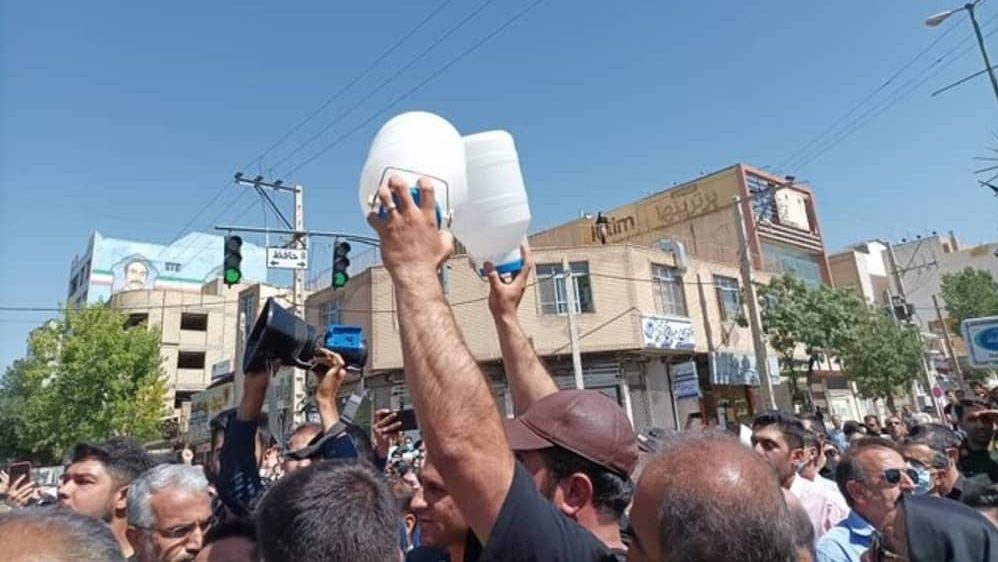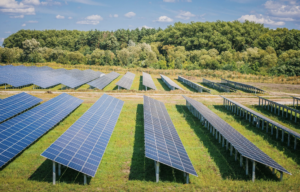LS Power Acquiring bp’s U.S. Onshore Wind Business – POWER Magazine
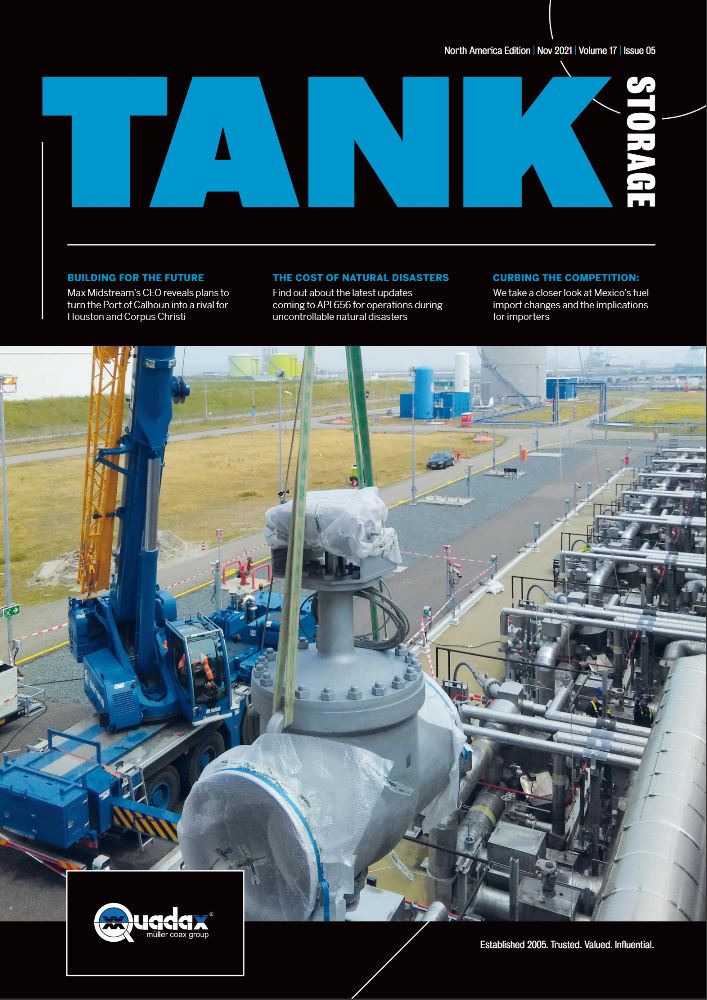
Report on the Acquisition of U.S. Onshore Wind Assets and Contribution to Sustainable Development Goals
Executive Summary
LS Power has entered into an agreement to acquire the U.S. onshore wind energy portfolio from bp Wind Energy North America. This transaction represents a significant expansion of renewable energy infrastructure in the United States, directly contributing to several key United Nations Sustainable Development Goals (SDGs). The acquisition includes approximately 1,700 MW of operating wind power capacity across 10 projects, which will be integrated into LS Power’s portfolio company, Clearlight Energy. This strategic move underscores a commitment to advancing a cleaner, more reliable, and affordable energy ecosystem, aligning corporate strategy with global sustainability targets.
Alignment with Sustainable Development Goals (SDGs)
The acquisition makes substantial contributions to the following SDGs:
- SDG 7: Affordable and Clean Energy: The primary impact of this transaction is the expansion of clean energy generation. By acquiring 1,700 MW of operational wind power, LS Power directly supports Target 7.2, which aims to increase the share of renewable energy in the global energy mix. The deal enhances the availability of affordable and clean electricity for over 15 off-takers across multiple states.
- SDG 13: Climate Action: Wind energy is a critical tool for mitigating climate change. The continued operation and optimization of these wind farms under new ownership contribute to Target 13.2 by integrating climate action into corporate strategy. This expansion of low-carbon energy infrastructure helps reduce greenhouse gas emissions compared to fossil fuel-based power generation.
- SDG 9: Industry, Innovation, and Infrastructure: The transaction involves significant energy infrastructure, including power generation assets and transmission lines. By investing in and expanding its renewable energy infrastructure, LS Power supports the development of resilient and sustainable infrastructure (Target 9.1) and promotes clean and environmentally sound technologies (Target 9.4).
- SDG 11: Sustainable Cities and Communities: The electricity generated from these facilities provides a reliable source of clean power to communities in seven states. This supports Target 11.6 by improving access to sustainable and resilient basic services, including energy.
- SDG 17: Partnerships for the Goals: This agreement between LS Power and bp exemplifies a partnership between major corporations to advance sustainable development. It demonstrates how strategic asset reallocation can accelerate the transition to a low-carbon economy, aligning with the goal of fostering multi-stakeholder partnerships.
Details of the Acquisition
Transaction Overview
- Acquiring Entity: LS Power, a New York-based developer of North American power and energy infrastructure.
- Selling Entity: bp Wind Energy North America, a subsidiary of the UK-based energy group bp.
- Operational Integration: The acquired assets will be owned and operated by Clearlight Energy, an LS Power portfolio company, increasing its operating fleet to approximately 4,300 MW.
- Timeline: The transaction is expected to be finalized by the end of 2025.
Acquired Wind Farm Assets
The deal encompasses 10 onshore wind facilities with a total gross capacity of approximately 1,700 MW:
- Fowler Ridge 1, Indiana: 288 MW
- Fowler Ridge 3, Indiana: 99 MW
- Flat Ridge 1, Kansas: 44 MW
- Flat Ridge 2, Kansas: 470 MW
- Titan, South Dakota: 25 MW
- Cedar Creek 2, Colorado: 248 MW
- Fowler Ridge 2, Indiana: 200 MW
- Mehoopany, Pennsylvania: 141 MW
- Auwahi, Hawaii: 21 MW
- Goshen 2, Idaho: 125 MW
Strategic Implications for Sustainable Energy Transition
For LS Power, this acquisition is a material investment in its mission to develop a “cleaner, more reliable, and affordable energy ecosystem.” It diversifies the portfolio of its subsidiary, Clearlight Energy, and expands its renewable energy footprint across the United States. The move aligns with a holistic strategy of improving existing energy assets while investing in transformative solutions to meet growing energy demand sustainably.
For bp, the divestment is part of a strategic rationalization to optimize its portfolio and generate value. While stepping away from direct ownership of these U.S. onshore wind assets, the company acknowledges the crucial role of low-carbon energy, framing the sale as a transfer to an owner better positioned to maximize the assets’ potential in the clean energy transition.
Analysis of Sustainable Development Goals in the Article
1. Which SDGs are addressed or connected to the issues highlighted in the article?
The article primarily addresses issues related to three Sustainable Development Goals (SDGs):
- SDG 7: Affordable and Clean Energy: The core subject of the article is the acquisition of onshore wind farms, which are a key source of clean and renewable energy. The mission of the acquiring company, LS Power, is explicitly stated as developing a “cleaner, more reliable, and affordable energy ecosystem,” which directly aligns with the goal of ensuring access to clean energy.
- SDG 9: Industry, Innovation, and Infrastructure: The article discusses significant energy infrastructure assets. It mentions LS Power’s existing portfolio, which includes “more than 780 miles of high-voltage transmission lines” and an additional “350-plus miles of transmission infrastructure currently under construction or development.” This focus on building and expanding resilient energy infrastructure is central to SDG 9.
- SDG 13: Climate Action: While not explicitly named, this goal is inherently connected to the article’s subject. The expansion of wind power capacity is a critical strategy for climate change mitigation by reducing reliance on fossil fuels and transitioning to a “cleaner future.” The investment in renewable energy represents a direct action to combat climate change and its impacts.
2. What specific targets under those SDGs can be identified based on the article’s content?
Based on the article’s content, the following specific targets can be identified:
- Target 7.2: By 2030, increase substantially the share of renewable energy in the global energy mix.
- Explanation: The entire transaction is focused on increasing renewable energy capacity. The acquisition adds “about 1,700 MW of operating onshore wind power generation capacity” to LS Power’s portfolio, directly contributing to a larger share of renewable energy in the U.S. energy mix.
- Target 7.a: By 2030, enhance international cooperation to facilitate access to clean energy research and technology… and promote investment in energy infrastructure and clean energy technology.
- Explanation: The deal itself, where LS Power acquires assets from the UK-based bp, represents a significant investment in clean energy infrastructure. LS Power’s CEO states the announcement “represents a material investment in reaching that goal,” highlighting the financial commitment to expanding clean energy technology.
- Target 9.1: Develop quality, reliable, sustainable and resilient infrastructure… to support economic development and human well-being.
- Explanation: The article highlights LS Power’s role as a “leading developer of North American power and energy infrastructure projects.” It details the company’s extensive infrastructure, including “more than 780 miles of high-voltage transmission lines,” which are essential for a reliable and sustainable energy grid.
- Target 9.4: By 2030, upgrade infrastructure and retrofit industries to make them sustainable, with increased resource-use efficiency and greater adoption of clean and environmentally sound technologies and industrial processes.
- Explanation: The acquisition and operation of ten wind farms is a direct example of adopting “clean and environmentally sound technologies.” The article mentions the goal is to “accelerate the transition to a cleaner future,” which aligns with upgrading energy infrastructure to be more sustainable.
3. Are there any indicators mentioned or implied in the article that can be used to measure progress towards the identified targets?
Yes, the article provides several specific quantitative and qualitative indicators that can be used to measure progress:
- Renewable Energy Capacity: The article provides precise figures on the generating capacity of the wind farms. The primary indicator is the “about 1,700 MW of operating onshore wind power generation capacity” being acquired. It also lists the specific capacity of each of the 10 facilities, such as “Fowler Ridge 1, Indiana: 288 MW gross capacity.” This directly measures the increase in renewable energy supply (relevant to Target 7.2).
- Energy Infrastructure Development: The article quantifies the scale of LS Power’s infrastructure, mentioning “more than 780 miles of high-voltage transmission lines” in operation and “another 350-plus miles of transmission infrastructure currently under construction or development.” These figures are direct indicators of progress in developing sustainable infrastructure (relevant to Target 9.1).
- Investment in Clean Energy: The acquisition itself serves as a qualitative indicator of investment. The statement that the deal is a “material investment” confirms that significant financial resources are being directed towards clean energy assets, which is a measure of progress for Target 7.a.
- Adoption of Clean Technology: The number of clean energy projects involved, specifically the “10 projects” or “10 facilities” that make up the wind farm portfolio, is an indicator of the adoption of clean technologies (relevant to Target 9.4).
4. Summary Table of SDGs, Targets, and Indicators
| SDGs | Targets | Indicators |
|---|---|---|
| SDG 7: Affordable and Clean Energy | 7.2: Increase substantially the share of renewable energy in the global energy mix. | Total renewable energy capacity acquired: “about 1,700 MW of operating onshore wind power generation capacity.” |
| SDG 7: Affordable and Clean Energy | 7.a: Promote investment in energy infrastructure and clean energy technology. | The acquisition deal itself, described as a “material investment” in clean energy. |
| SDG 9: Industry, Innovation, and Infrastructure | 9.1: Develop quality, reliable, sustainable and resilient infrastructure. | Length of energy infrastructure: “more than 780 miles of high-voltage transmission lines” and “350-plus miles” under development. |
| SDG 9: Industry, Innovation, and Infrastructure | 9.4: Upgrade infrastructure… with greater adoption of clean and environmentally sound technologies. | Number of clean technology projects: “10 projects” (onshore wind farms) being acquired. |
| SDG 13: Climate Action | 13.2: Integrate climate change measures into policies, strategies and planning. | Corporate strategy to “accelerate the transition to a cleaner future” through the addition of 1,700 MW of wind power. |
Source: powermag.com

What is Your Reaction?
 Like
0
Like
0
 Dislike
0
Dislike
0
 Love
0
Love
0
 Funny
0
Funny
0
 Angry
0
Angry
0
 Sad
0
Sad
0
 Wow
0
Wow
0


